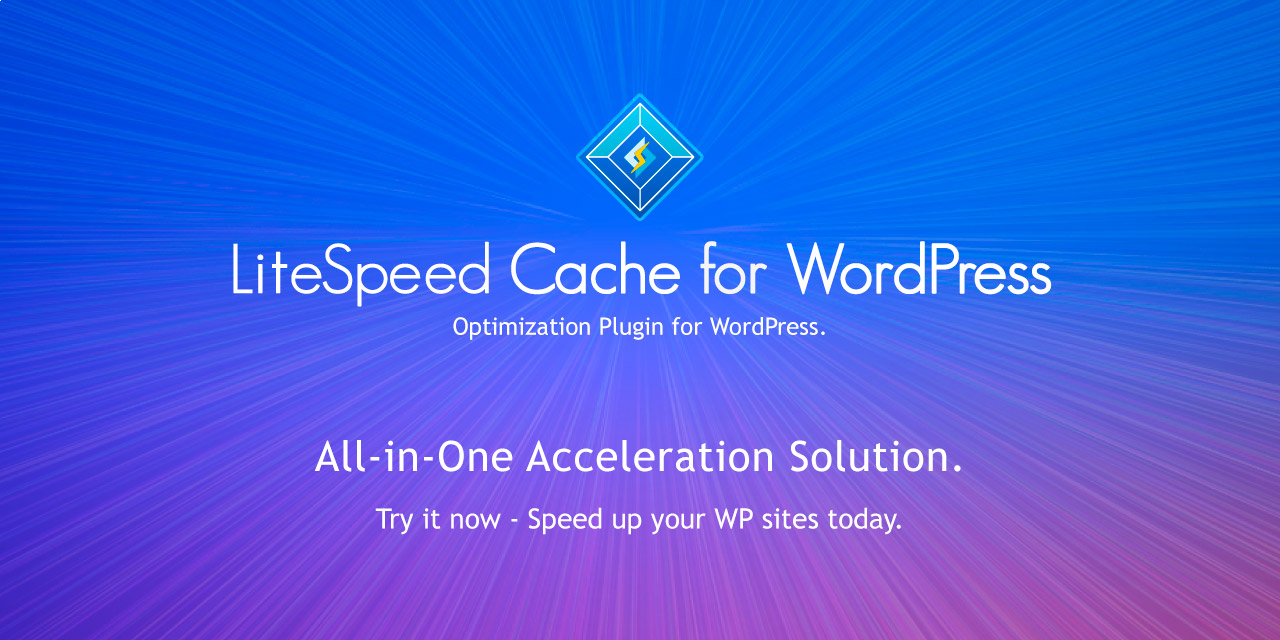Optimize website for visitors
Optimizing a WordPress website for visitors is crucial for ensuring fast load times, improving user experience, and enhancing SEO performance. Caching plugins play a significant role in achieving these goals by reducing server load and improving page load times. Here’s how you can optimize your WordPress website using three popular cache plugins: LiteSpeed Cache, W3 Total Cache, and WP-Optimize.

1. LiteSpeed Cache
LiteSpeed Cache is a powerful plugin, especially if your website is hosted on a LiteSpeed server. However, it can also work well on other server types. Here’s how to use it:
Basic Configuration:
Install and Activate: Go to the WordPress dashboard, navigate to Plugins > Add New, search for “LiteSpeed Cache,” install, and activate it.
General Settings:
Go to LiteSpeed Cache > Cache.
Enable Cache.
Enable Logged-in Users Cache (only if you have a membership or user account functionality).
Advanced Configuration:
Cache Settings:
TTL (Time to Live): Set TTL for different cache types (default values usually work fine).
Purge Settings: Set what cache should be purged when certain events occur (like a post update).
Browser Cache: Enable browser cache to leverage client-side caching.
Optimization Settings:
CSS/JS Minification: Go to LiteSpeed Cache > Page Optimization and enable minification of CSS, JavaScript, and HTML.
Combine CSS/JS: Combine CSS and JavaScript files to reduce the number of HTTP requests.
Load CSS Asynchronously: This option can improve perceived load times by loading CSS without blocking rendering.
Image Optimization: Use LiteSpeed’s image optimization features to compress images without losing quality.
Lazy Load: Enable lazy loading of images to defer the loading of images until they are in the viewport.
CDN Integration:
If you use a Content Delivery Network (CDN), you can integrate it via LiteSpeed Cache > CDN.

2. W3 Total Cache
W3 Total Cache is one of the most popular caching plugins available. It offers a wide range of caching options.
Basic Configuration:
Install and Activate: In the WordPress dashboard, go to Plugins > Add New, search for “W3 Total Cache,” install, and activate it.
General Settings:
Navigate to Performance > General Settings.
Enable Page Cache. Choose the disk or enhanced option based on your hosting environment.
Enable Minify. Choose automatic for basic users.
Enable Opcode Cache if your server supports it.
Enable Database Cache to reduce server load by caching SQL queries.
Enable Object Cache for dynamic content caching.
Enable Browser Cache to allow browsers to cache static content.
Advanced Configuration:
Minification:
Go to Performance > Minify.
Enable HTML, CSS, and JS Minify and combine files where possible.
CDN Integration:
Navigate to Performance > CDN.
Enable CDN support if you’re using one, and configure it according to your CDN provider’s instructions.
Browser Caching:
Under Performance > Browser Cache, configure cache headers, compression, and set expiration times for various content types.
Fragment Caching (Optional):
For advanced users, enable fragment caching to cache parts of pages that are static, while keeping dynamic content fresh.
Monitor Performance:
Use the Performance Dashboard to monitor your cache effectiveness and adjust settings as needed.

3. WP-Optimize
WP-Optimize is a plugin that combines database optimization, image compression, and caching in one package.
Basic Configuration:
Install and Activate: Go to the WordPress dashboard, navigate to Plugins > Add New, search for “WP-Optimize,” install, and activate it.
Cache Settings:
Navigate to WP-Optimize > Cache.
Enable Page Cache.
Enable Gzip Compression to reduce the size of files sent from your server.
Enable Browser Cache to allow users’ browsers to store static resources locally.
Advanced Configuration:
Minification:
Go to WP-Optimize > Minify.
Enable CSS and JS Minification.
Optionally, enable file merging and defer CSS and JavaScript to improve load times.
Database Optimization:
Under WP-Optimize > Database, schedule regular clean-ups of your database to remove unnecessary data like post revisions, drafts, and spam comments.
Image Optimization:
Enable Image Compression to automatically compress images as they are uploaded.
Enable Lazy Load to improve perceived performance by only loading images when they are needed.
CDN Integration:
If you use a CDN, you can integrate it through the CDN tab.
General Best Practices for All Plugins:
- Test After Each Change: After enabling each feature, test your website to ensure there are no issues.
- Backup Regularly: Before making significant changes, especially to the database, make sure to backup your site.
- Monitor Performance: Use tools like Google PageSpeed Insights, GTMetrix, or Pingdom to monitor the performance of your website after optimization.
By configuring these plugins, you can significantly improve your website’s load times and overall user experience. Each plugin has its strengths, so the choice between them can depend on your specific needs, server environment, and technical expertise.
 then 'Add to home screen'
then 'Add to home screen' then 'Add to home screen'
then 'Add to home screen'